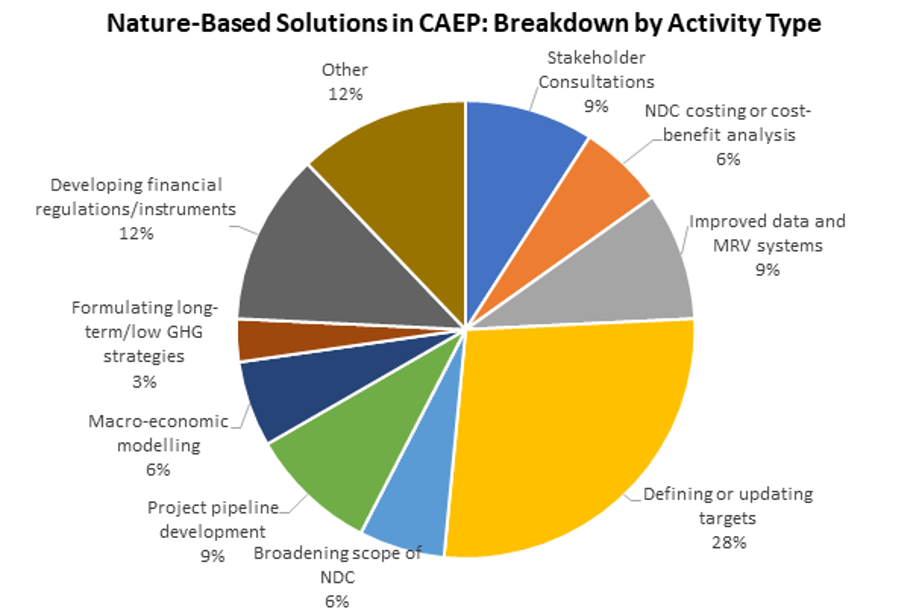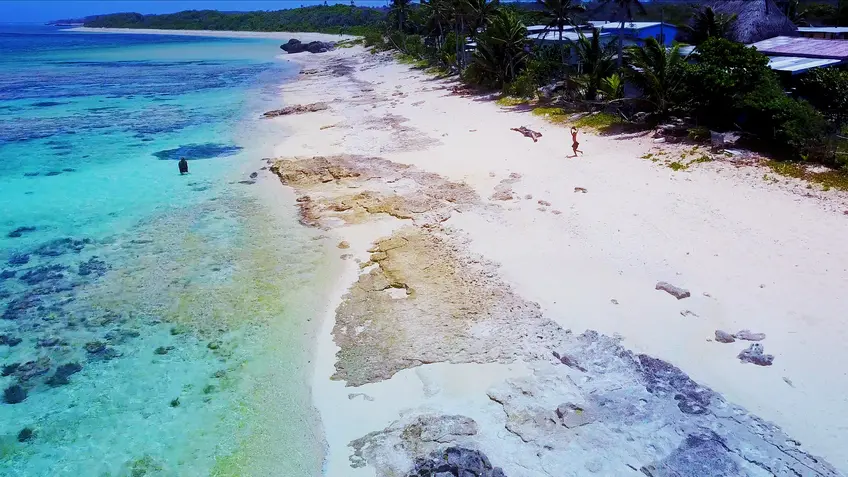Earth Day the Partnership Way: How Countries are Looking to Nature-Based Solutions to Lock in Carbon
The 50th Anniversary of #EarthDay arrives at a difficult but potentially instructive moment for the global community to emerge stronger. pic.twitter.com/GNXTt97jup
— NDC Partnership (@ndcpartnership) April 22, 2020
What better way to celebrate Earth Day than to hear what countries are doing to elevate nature-based solutions for climate action? In the climate community, most of us already know of the immense potential of natural climate solutions for both adaptation and mitigation, including many co-benefits in areas like health, disaster risk reduction, and biodiversity conservation, which lead to better social, economic, and environmental resilience. This Earth Day, we are taking a closer look at how countries are thinking about nature-based solutions as mitigation actions.
Leading science shows that natural climate solutions have the potential to deliver 37% of CO2-equivalent mitigation to hold warming below 2 °C, and yet only 27 out of 168 countries included nature-based solutions (NbS) in the mitigation component of their first round of Nationally Determined Contributions (NDCs) to the Paris Agreement. As countries finalize their updated NDCs in 2020, there is major opportunity to increase climate ambition by integrating nature-based solutions into mitigation plans.
The NDC Partnership is already seeing a wide scope of potential for NbS mitigation through countries’ NDC implementation plans (otherwise known as ‘Partnership Plans’). Burkina Faso’s NDC implementation plan includes an entire section on carbon sequestration in the agriculture, forestry and land use sectors with a focus on forest restoration and sustainable land use initiatives, including the implementation of robust monitoring and evaluation for keeping these activities sustainable and bankable. In Morocco, NDC plans include planting 679,000 hectares of olive trees in areas unsuitable for annual crops in order to combat soil erosion and increase carbon savings. The Dominican Republic is incorporating coastal and marine ecosystems in their efforts to quantify and track greenhouse gas emissions and absorption.

Through the Climate Action Enhancement Package (CAEP), 65 countries are receiving targeted support for enhancing the quality and ambition of their NDCs in 2020. Out of all CAEP requests relating to nature-based solutions, ‘defining or updating targets’ is the most popular activity type, followed by ‘developing financial regulations and instruments.’
Despite the hurdles that 2020 is already bringing, we are expecting to see some exciting updates to NDCs where the inclusion of nature-based solutions builds the foundation for a more holistic, sustainable, and long-term global climate agenda. Nature-based solutions offer extensive co-benefits ranging from increased adaptation and resilience to improved public health. Stay tuned for a nature-based solutions blog series later this year as we explore the many facets of natural climate solutions for resilient ecosystems, communities, and economies.
This blog was written by Talia Chorover of the NDC Partnership Support Unit.
